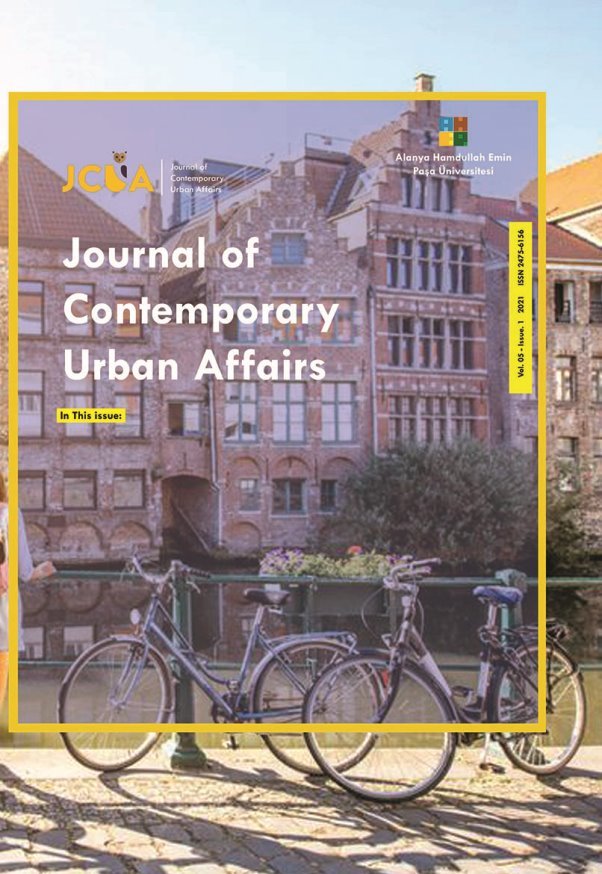
Journal Of Contemporary Urban Affairs
Yazarlar: A Berger, A Lebrun, S Khan, Q Masson-Pilet, A Supizet
Konular:-
DOI:10.25034/ijcua.2018.3679
Anahtar Kelimeler:Osmotic Energy,Membranes,Permeability,Osmotic Pressure.
Özet: In a context of ever-growing electricity consumption and need for less polluting sources of energy, salinity gradient power (SGP) based on osmosis is a promising technology. Salinity difference between two solutions separated by a semi-permeable membrane leads to the pressure increase. The aim of this study is to find the critical permeability threshold of a membrane for the dimensioning an osmotic power plant. Using Spiegler-Kedem equations, the various fluxes across the membrane have been calculated, and delivered power is explicitly derived in terms of system parameters. A necessary condition for economic viability is that its upper bound is larger than a critical threshold value below which osmotic power plant is not profitable. As it is directly proportional to membrane permeability, fixing the optimal membrane permeability value will in turn enable conceive more efficient membranes specifically made for osmotic energy production, as such membranes do not exist today.